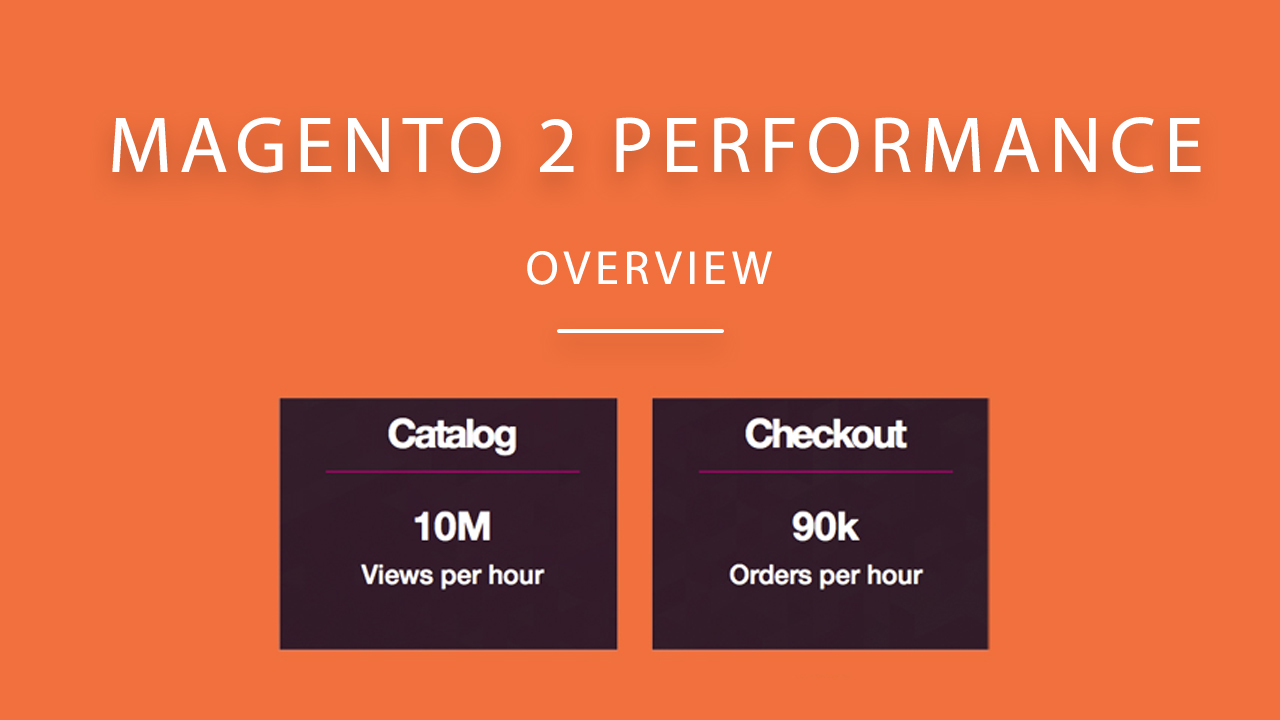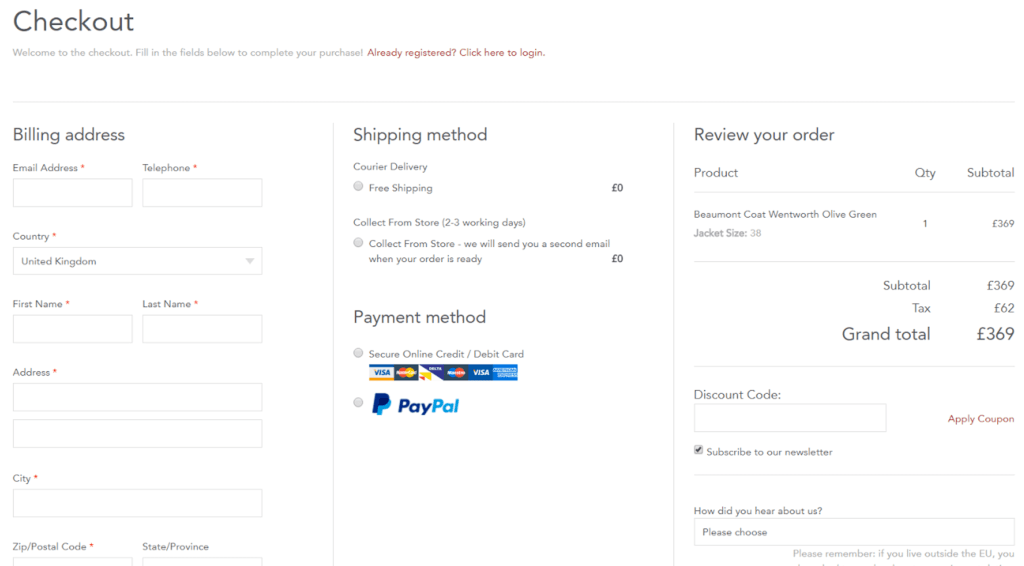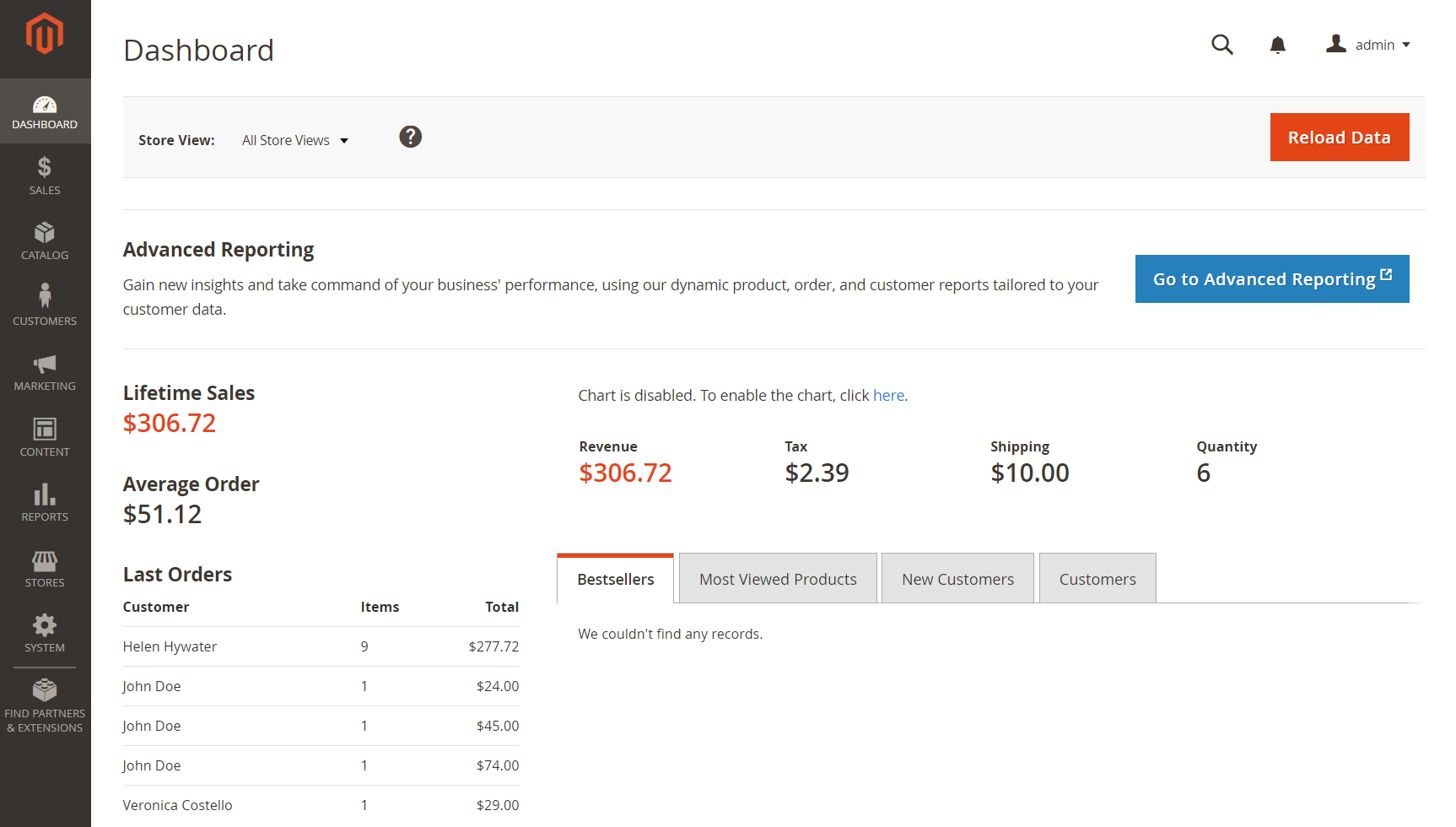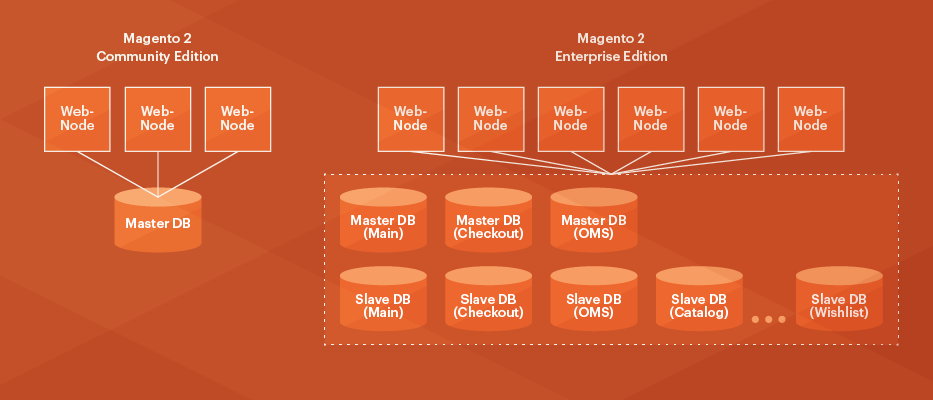It’s high time for users to finally migrate, you cannot defer Magento 2 upgrade until the last minute. As it’s not a one-click-upgrade, Magento 1 users need to understand why this migration is crucial for their business.
Magento 2 is offering much more intuitive functionalities and benefits in comparison to Magento 1. But before the advantages, let’s understand where we’re coming from when we say ‘migrate now’.
Why sticking with Magento 1.x is not a good idea?
After June 2020 there will be no official support for Magento merchants or developers. This means there’ll be no more technical assistance, no more security patches, and ultimately, no more Magento 1.x as a viable platform.
Any technical issues with your website, as mentioned below, could have a huge impact on your revenue and brand image.
- Security vulnerabilities
After the cut-off date, any sites that missed out on a migration would be vulnerable to security breaches and hacks. E-commerce sites that are still on unsupported versions of Magento will be exposed to hackers equipped with backdoor exploits.
This means you will be putting your customers’ data at risk. And without protection of their payment details and security updates, your checkout may no longer be secure.
- Quality fixes
Magento will no longer be rolling out quality fixes for Magento Open Source (Community) or certain versions of Magento Commerce (Enterprise). Users with Magento 1.x will not get any further improvements to existing core features, and will find it difficult to make their site more user-friendly with broken features.
And with no more feature upgrades to Magento 1 means low customer retention, as it will be difficult for you to keep up with the services offered by your competitors.
- 3rd party extension
Magento’s security patches and quality fixes only cover the core platform and not any extensions, bespoke modifications or enhancements.
In this case, you’ll need maintenance support to improve extensions and prevent them from getting defunct as they won’t be compatible with any new patches released to the core platform.
Magento 2 has several advantages over its predecessor
You must think about migration if you are looking towards a smooth customer shopping experience with your existing ecommerce website. Here are our 5 reasons to migrate to Magento 2:
1. Improved Performance

Load speeds on the first version were slow. The possibilities of working with dynamic databases like PostgreSQL and MySQL has allowed better processing of caching, re-indexing and queries.
Magento 2 sites will run on average 20% faster than the sites based on the previous version. Pages will load in half the time as it has full-page caching. Whereas with an efficient indexing system, transactions become faster and easier to process.
Thus, faster site speed will encourage more sales and increase website search engine optimization.
2. Mobile Friendly

As we know that online shoppers perform more than 50% of online transactions on mobile devices, a responsive web shop is a must.
Magento 2 makes mobile commerce a priority as Magento 1 sites did not deliver optimum performance on mobile devices. Customers can take their mobile performance even further with the release of PWA (Progressive Web Application) Studio in Magento 2.3.
3. Smooth and Simple Checkout Process

Even though the Magento 1 checkout was a single page process, it was cumbersome.
Now Magento 2 offers a simple 2 step checkout process and the Instant Purchase feature. Existing customers can use their email address to check-out faster using their saved information like using previously-stored payment and shipping information to skip checkout steps altogether, taking them to a confirmation purchase page.
This increases conversions and reduces abandoned cart rates.
4. Better Admin Interface

This is a non-technical user’s dream! The admin user interface has been touted as the most problematic elements of Magento 1 for its confusing layouts and being intimidating to first timers. That problem was solved in Magento 2.
Magento 2 offers a user-friendly and clean experience where even the most non-technical users can add new product listings and find tools with ease. The admin dashboard enables you to find crucial business information about your e-store in one single place, leaving no room for confusing navigation.
The new version is easy to navigate and use which means that your customer will get to pages or products they desire faster.
5. Improved Security

A lot of attention has gone into the security of the online platform in the wake of increased data breaches.
Magento 2 also offers robust desktop protection due to major changes in the source folder structure. Ther number of root folders has been reduced to five by Magento 2 which in the previous version of the platform was containing nine root folders.
Moreover, the mask folder has also been deleted from the root folder. This new structure means that the code cannot be stolen or stolen directly from the root, making Magento 2 more secure than Magento 1.
The Next Big Step Towards Migration
Customers reported they benefited from Magento Commerce 2’s comprehensive security standards, native B2B functionality, multi-site capabilities, and easy-to-use content development functionality.
Their reasoning for choosing Magento was based on how it can be customized to meet their specific needs. You can certainly find your why in the above mentioned reasons to not delay the upgrade any further.
We recommend you to take a systematic migration approach or get a team of Magento experts onboard to help you with the migration with zero down time.
About Galaxy Weblinks
We have a team of Magento experts that will assess your eCommerce website and help you stay up-to-date when it comes to security, performance, and stability. Contact us for a free consultation!

